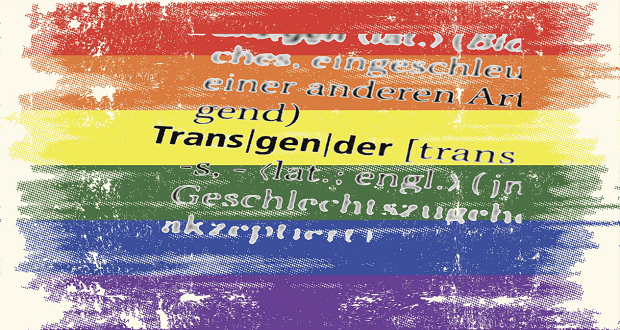
Now that 19 states and the District of Columbia have passed same-sex marriage legislation– now that attitudes about gay marriage have radically and rapidly changed just since 2004 (over 50 percent of the American public approve gay marriage today a figure that was just 22 percent in 2004), it is time to tackle perhaps the most challenging aspect of LGBT…transgender.
Time Magazine’s Cover story for June 9 is entitled The Transgender Tipping Point. “Nearly a year after the Supreme Court legalized same-sex marriage, another social movement is poised to challenge deeply held cultural beliefs” the article begins. The piece features openly trans individuals including athletes, actors, models, computer scientists.
Gender identity, to date, has not garnered the same the type of publicity or support as LG issues. Still controversial and misunderstood, conservative groups continue to characterize transgender people as deviant, predatory and dangerous, while these same groups seem to have gotten somewhat more civil when it comes to LG opposition.
The American Psychological Association defines “transgender” as an “umbrella term for persons whose gender identity, gender expression, or behavior does not conform to that typically associated with the sex to which they were assigned at birth.”
However, people whose gender identity differs from their assigned sex at birth may not self-identify as transgender. Others may identify as transsexual, trans, genderqueer, a person of transgender experience, etc. In addition, transgender people may or may not use a different name or pronoun than the one they were assigned at birth, and they may or may not pursue hormone therapy or surgery. If you are not sure, defer to the way the individual self-identifies.
There are really no accurate statistics on the size of the transgender population in the United States. However, The National Center for Transgender Equality in Washington, D.C., estimates the number to be between .0025 percent and 1 percent of the general population.
According to a study done by The Williams Institute, in 2011, in 1999 72 percent of fortune 500 companies included sexual orientation in their non-discrimination polices but very few also specified gender identity. However by 2009, 87 percent included sexual orientation and 41 percent also included gender identity.
According to the ACLU, 18 states and the District of Columbia have laws prohibiting discrimination on the basis of gender identity. Additionally, the governors of Indiana, Kansas, Kentucky, Maryland, Michigan, New York, and Pennsylvania have banned discrimination against transgender state workers through executive orders.
The EEOC ruled in 2012 that “discrimination against a transgender individual because that person is transgender is discrimination based on “sex” and violates Title VII of the Civil rights Act of 1964.
Protection for transgender individuals is progressing, albeit slowly and it is heartening to see mainstream media like Time Magazine highlight the contributions of transgender Americans.


















